Thermal Imaging Camera (Infrared Cameras)
Thermal imaging cameras, also called infrared cameras, detect and measure the infrared energy of an object. They help plumbers find leaks and electricians detect overheating components, amongst many other uses. For advice on your application, chat to one of our expert ITC Level 1 trained thermographers.
Find out more about Thermal Imaging Camera (Infrared Cameras) below.
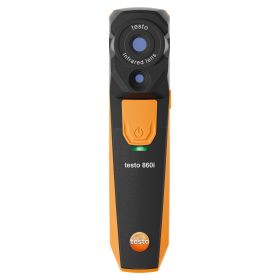
- Ultra-sharp thermal images
- Thermal Sensitivity of 0.05°C
- DeltaHeat and DeltaCool measurement functions
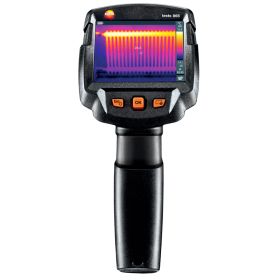
- Efficient, easy-to-use, accurate and robust thermal imager
- Includes IFOV warner and Scale Assist function to reduce the possibility of measurement errors
- Infrared resolution of 160 x 120 pixels

- An improved thermal sensitivity: 80mK
- A better visual camera resolution: 5MP
- A new user interface with simplified 'tile' operation of menus using a joystick button
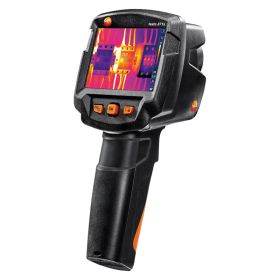
- Optimised for professionals conducting installation and daily maintenance tasks
- Integrated digital camera
- Bluetooth and wireless WLAN connectivity
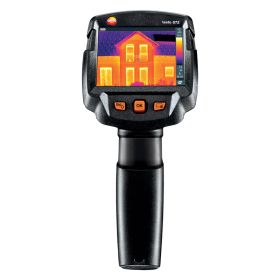
- Infrared resolution of 320 x 240 pixels with 76800 temperature measuring point
- Integrated digital camera
- Detect temperature differences as slight as 0.06°C
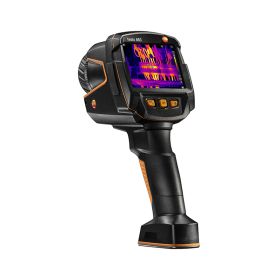
- 320 x 240 Pixels, Manual Focus and 27Hz
- Includes standard 30 or 42° Lens
- Optional kit with 12° Lens and battery/charger kit
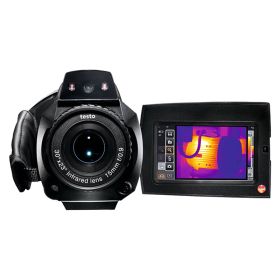
- Available with a choice of standard and telephoto lenses
- IR resolution: 640 x 480px
- SiteRegonition technology
Thermal Imaging Camera Help & Advice
At PASS we stock a full range of Infrared cameras from world-leading manufacturers; FLIR, Fluke, Testo, Seek and Hikmicro. We can offer you; help and advice, after-sales support, training and ongoing calibration and service.
Other Thermal Cameras You May Also Be Interested In
- Fixed Automation & Machine Vision Thermal Cameras
- Firefighting Thermal Cameras
- Thermal Security Cameras & CCTV
- Thermal Monoculars & Binoculars (Spotters)
- Thermal Drones, Cameras & Gimbals
Frequently Asked Questions
What are thermal cameras used for?
They can be used for various applications including HVAC Plumbing, Electrical, Mechanical Maintenance, Condition Monitoring and Building Diagnostics. We also have ranges for ecology and wildlife, search and rescue and fire fighting.
Is it worth buying a thermal imaging camera?
This question all depends on your specific needs and budget. For businesses, owning one has many benefits. It can be used for energy audits, damp and mould surveys, fire detection, condition monitoring and predictive and preventative maintenance. The time-saving diagnostics it offers can reduce future costs of equipment failure and expenses associated with expensive energy losses.
Consider what you'll use it for – whether it's for work or personal projects. They can be expensive, so think about how often you'll use it and whether it's worth the investment. Look into the features of different cameras and how they match your requirements. Also, explore potential cost savings or benefits it could bring in the long run.
We have solutions for all applications and will help you to get the best camera for your budget. whether it's a cheap thermal camera for your home improvements or a thermal monocular for spotting wildlife don't hesitate to give us a call on: 01642 626 140
Can I use my iPhone / Android smartphone as a thermal camera?
Yes, you can use your IOS or Android phone as a thermal imager (TI) with the help of some attachments and accessories or specialised apps.
TI attachments and Bluetooth devices are offered by some manufacturers. FLIR, Seek and Hikmicro all offer attachments that connect to your smartphone and are used in conjunction with an App. These attachments typically include a thermal sensor and a compatible app that allows you to view and capture images using your phone's screen. While these attachments can provide basic functionality, they may not offer the same level of performance or features as standalone cameras. FLIR's new FLIR One Edge thermal camera uses your smartphone as a screen, it utilises Bluetooth connectivity to allow it to be detached from your handset enabling you to view awkward areas and spaces.


